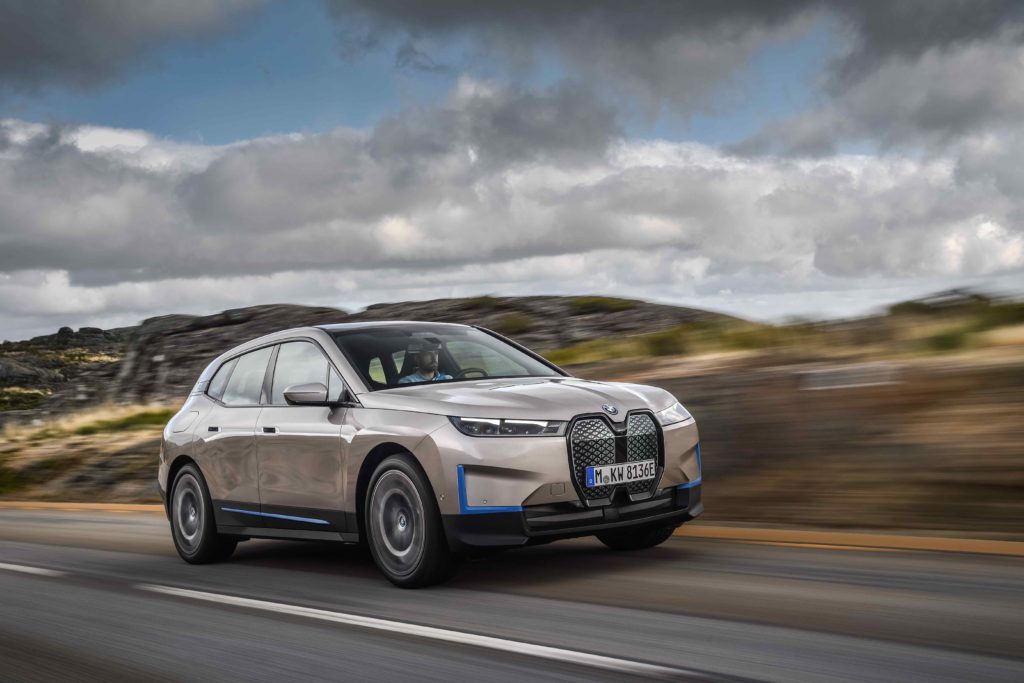Electric driving is beyond the 'novelty'. The Dutch are increasingly comfortable with it, which is why the total number of electric cars has risen sharply. From over 145,000 in 2020 to 216,000 in 2021. Also, according to research by the ANWB, 25 per cent of Dutch people want to switch to plug-in within the next five years, up from 17 per cent in 2017. But what does the future look like?
Text: Jorrit Niels
Of course, part of the increase is due to the purchase subsidy, but don't discount the increased range and more affordable new models. Moreover, the tipping point has been reached where the running costs of an average electric car are lower than those with a fossil fuel. Second-hand buyers are less enthusiastic. For 55 per cent, the supply is still too low and the price too high.
At least in the Netherlands, charging density is fine. We have the highest charging density in Europe here. Although sometimes it remains difficult to find an available charging point. But of course there are apps for that.
Besides the fact that current batteries are already getting better and better, that is where we are going to see the most developments in the future. Especially with almost all major car brands phasing out the old-fashioned internal combustion engine in the foreseeable future.
In September, Toyota offered the world a glimpse into the company's future. A YouTube video showed a modern car driving down a test track. The main upgrade was the slogan on the right side of the car: 'Powered By All-Solid-State Battery'.
In recent years, car giants such as Toyota, Ford and Volkswagen have tried to overcome the shortcomings of batteries powering electric vehicles by producing a next-generation battery. According to battery experts, many companies are rallying around solid-state batteries, which contain no liquid electrolytes and can charge faster, last longer and are less likely to catch fire than the lithium-ion batteries currently in use. Car manufacturers have now invested millions in perfecting this technology. And in fact, there is now a race against the clock.
Petrol prices have skyrocketed and climate change has accelerated efforts to curb greenhouse gas emissions, which will only continue to increase demand for electric vehicles. This has led to a shortage of many minerals used in current electric vehicle batteries, in addition to ethical concerns regarding the conditions in which they are often extracted.
But before we have that solid state technology in a production model, it will take some time. So... what's out there already and what goodies will soon appear on the market?
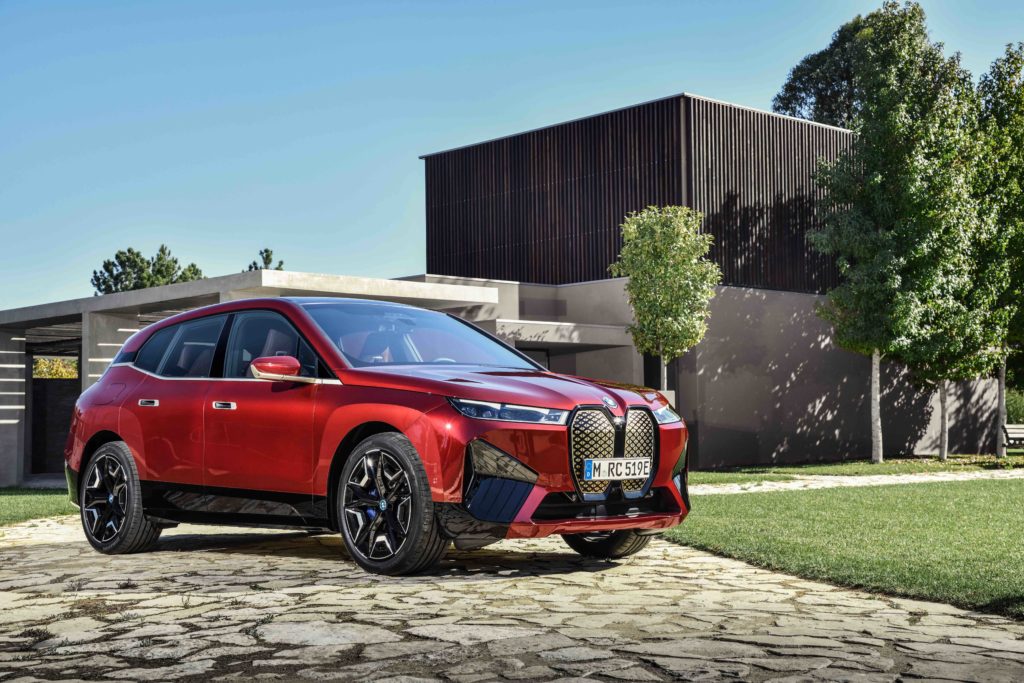 BMW iX
BMW iX
With the BMW iX, the Bavarian brand presents an E-SUV with a comprehensive range of technologies. Inside, it sparkles from every angle. Sunlight refracts into the cut crystal glass of the controls on the doors and in the centre console. Seat adjustment levers, the infotainment system control wheel, the selector lever and the volume control made of crystal glass spread sunlight in rainbow colours through the interior.
Interspersed with -partly recycled- textiles and microfibres on the seats, door panels and fittings. Even the centre console is eco-friendly with FSC-certified wood.
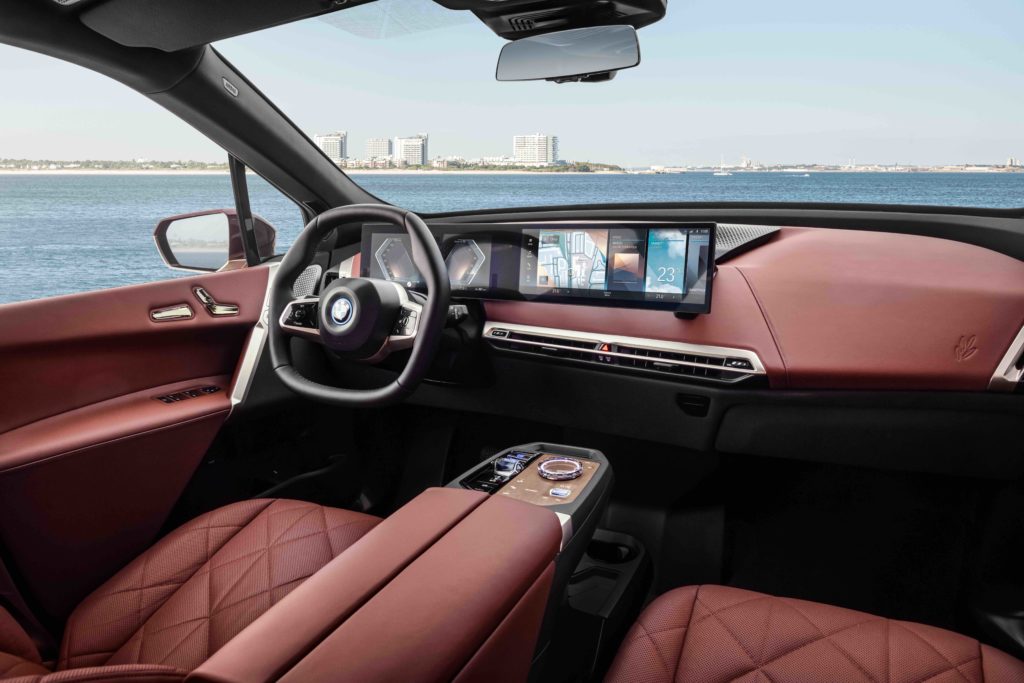 When the outside temperature is cold, the vehicle warms all surfaces that passengers come into contact with. From the massage seats to the armrests and steering wheel. Another fun one to show off: the optional glass panoramic roof turns milky white at the touch of a button.
When the outside temperature is cold, the vehicle warms all surfaces that passengers come into contact with. From the massage seats to the armrests and steering wheel. Another fun one to show off: the optional glass panoramic roof turns milky white at the touch of a button.
When all assistance systems are active, the iX accelerates, brakes and recovers (recovering energy) like the best. In the sportiest of the three driving modes in the iX 50, you have access to a whopping 523 hp and the 2.5-tonne car accelerates to 100 km/h in less than five seconds.
With a mix of rural roads and highways, we found that a range of around 500 kilometres is quite possible. Fine then. Fast charging can get to 80 per cent in less than 40 minutes.
The BMW iX offers plenty of space and even more features. We found the augmented navigation practical, where the display shows the live image from the front camera and indicates direction with 3D arrows.
The BMW iX is the future of electric BMWs (from €87,330). And yes, you have to be able to appreciate some extravagant design here and there. Anyway, since when is far from normal a negative thing?
 Lexus RZ 450e
Lexus RZ 450e
With the electrification of the car fleet, we are also seeing a new design language from carmakers. Perhaps because electrification brings with it a futuristic connotation, or maybe it is just a coincidental change in taste. Either way, the electric cars offered by carmakers across the board have sleeker and more angular designs. For Lexus means its newly announced all-electric SUV, the RZ, not only represents a change in aesthetics, but also marks the introduction of an entirely new powertrain. A car developed as an EV from the start on the drawing board. Furthermore, it features a rectangular steering wheel á la Tesla's 'yoke' and K.I.T.T from Knight Rider that has us excited. The new Lexus will be in showrooms by the end of this year.
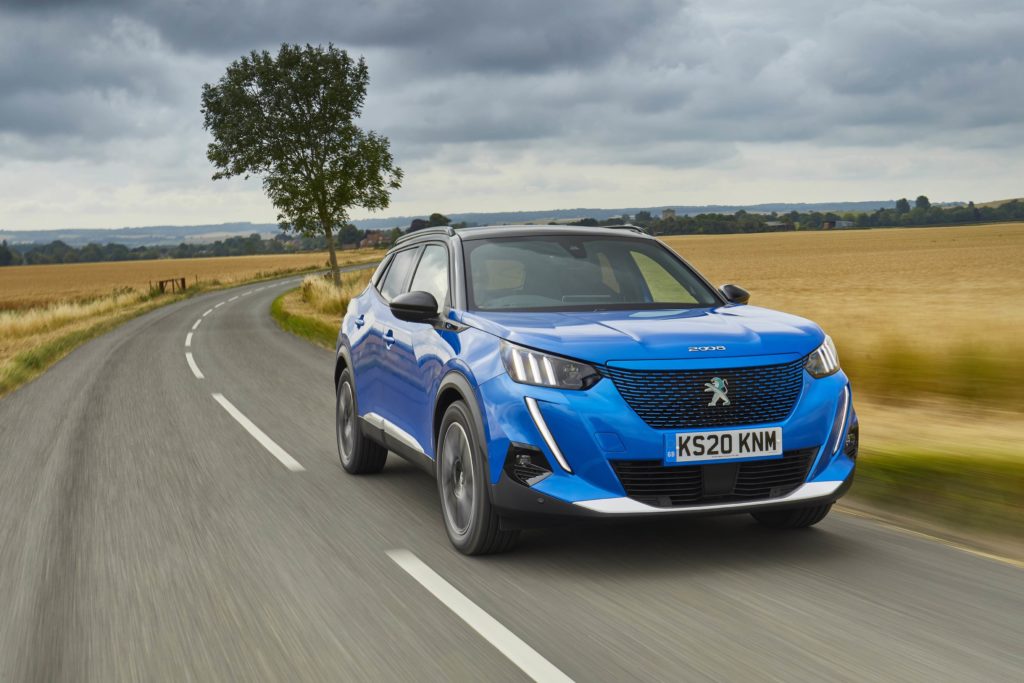
Peugeot e-2008
Peugeot is delivering success after success. The 'drama' of the 1980s and 1990s has disappeared, giving way to interesting and good-looking cars like the 3008 SUV, 508, the new 308 and, of course, the 208. You will therefore see the all-new 2008 crossover range on the road frequently. The relatively spacious e-2008 comfortably seats four adults, with 360 litres of luggage space. The e-2008 comes with a 100 per cent electric motor and the battery has a claimed range of up to 341 kilometres. From €35,530.
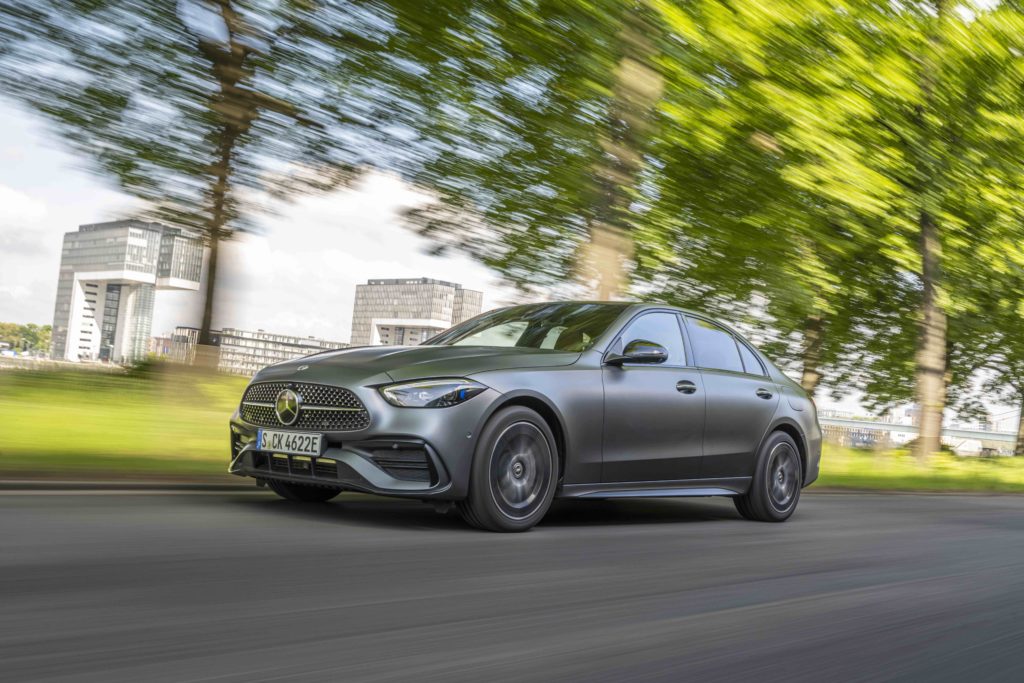 Mercedes C300e
Mercedes C300e
Plug-in hybrids. Used to be a gimmick for some financial benefits, but you couldn't drive for long on purely battery power. Perhaps 50 kilometres with some luck, but then the fuel engine really intervened. With the new Mercedes C300e, that electric range has grown to over 100 kilometres. We drove almost 120 kilometres electric, including motorways. This extra bit works through clever energy recuperation. All this is, as you might expect from Mercedes, very comfortable. The boot is a bit smaller though at 360 litres, which is 95 litres less than normal. In return, you have a car that you probably only need to charge once every one or two days (for the majority of people) and a fuel engine as a back-up. From €55,094.
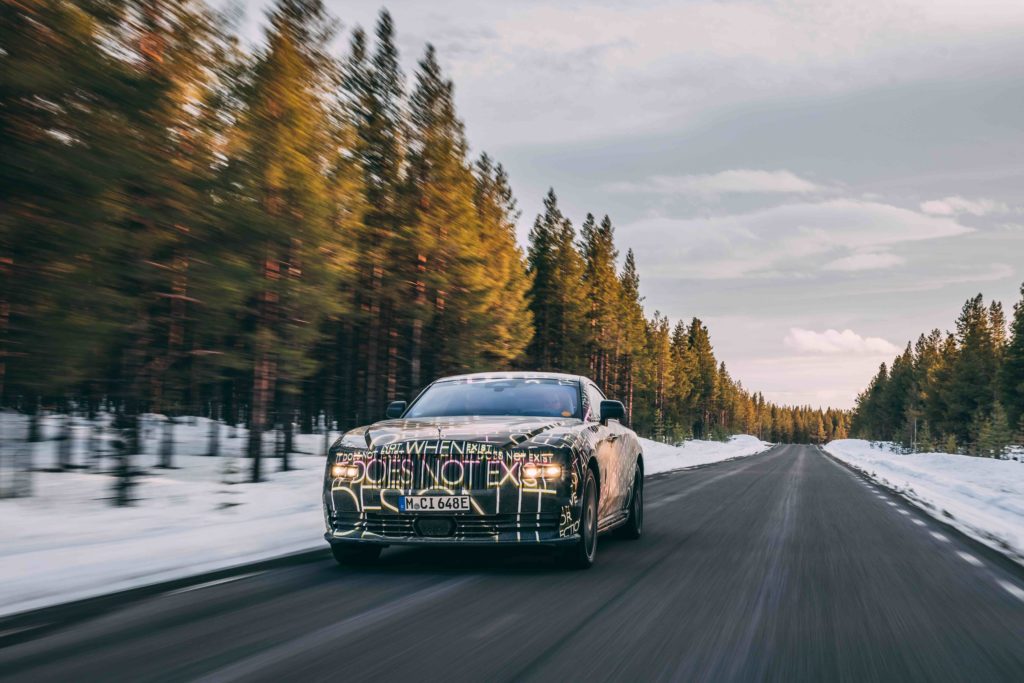 Rolls-Royce Spectre EV
Rolls-Royce Spectre EV
In 2023, we will see the first truly all-electric Rolls: the Spectre. Rolls-Royce sees the car as both a fulfilment of founder Charles Rolls' electrified prophecy and a precursor to the next automotive era. That is, by the end of 2030, all cars from the Goodwood-based carmaker will be electric.
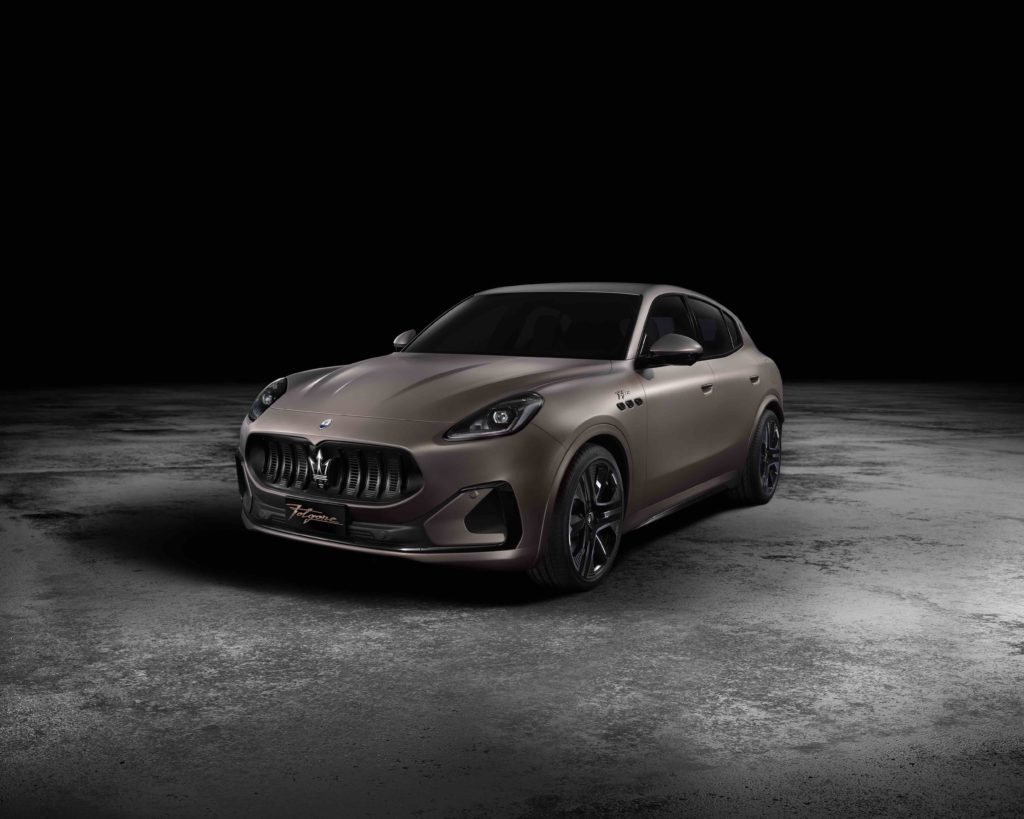 Maserati EV
Maserati EV
By the end of 2020, announced Maserati an ambitious plan to release a growing number of all-electric models under its forthcoming Folgore (Italian for 'lightning'). In addition to the GranTurismo Folgore, to be unveiled later this year, Maserati has a first with its first electric SUV: the all-new Grecale Folgore. A crossover planned for 2023.
Motorbikes at the charging station too?
Mobility is becoming electric, we can no longer escape it. Even in motorbikes, we see this development. Until 2024, you pay no BPM when buying a new electric motorbike. The range is growing and apart from the lack of attractive engine noise, the high torque of electric two-wheelers makes up for a lot. Motorbikes still have a long way to go due to their limited range and high purchase price, but the point-of-no-return we have already passed.
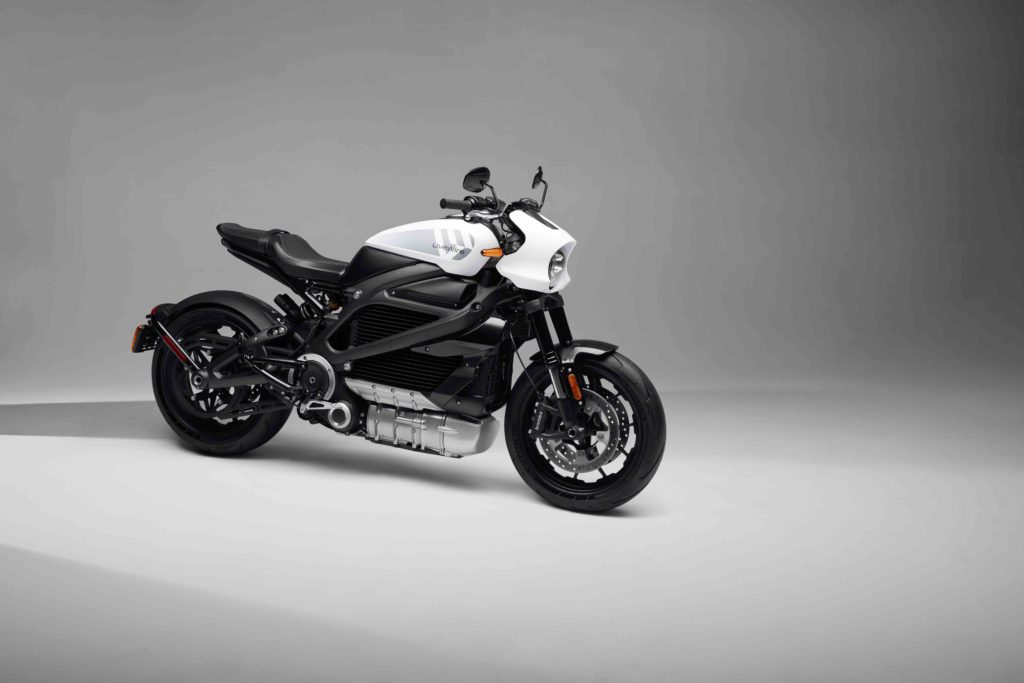 Harley-Davidson Livewire ONE
Harley-Davidson Livewire ONE
In 2019, after years of teasers and promo videos, it brought Harley-Davidson finally released its all-electric Livewire model. This clearly marked a different, more performance-oriented direction by the brand, in an attempt to tap into a new and younger customer base. A more affordable edition will be the Livewire ONE. Like the 'regular' Harley-Davidson Livewire, the ONE is propelled by the same electric motor, now coupled to a slightly smaller 15.4 kWh rechargeable power system (105 hp) that can still be 80 per cent charged in 40 minutes (or 100 per cent in an hour) and offers the same range with over 230 city kilometres or some 150 mixed city and highway kilometres. The Livewire ONE retains the high-quality Showa front and rear suspension and infotainment system of its predecessor.
 Vespa Elettrica
Vespa Elettrica
A timeless icon projected into the future of electric mobility. The electric Vespa looks good, but unfortunately also costs a lot. For the urban environment, the Vespa Elettrica is an enticing option for commuters, while it is also an elegant luxury item for others. The scooter is agile and well-balanced, while slim enough to ride through heavy traffic, which secretly only adds to the fun. It comes in a 45km/h and a 70km/h version. The battery pack is the same and offers you about 100 (realistic) kilometres.
From €6,999.



